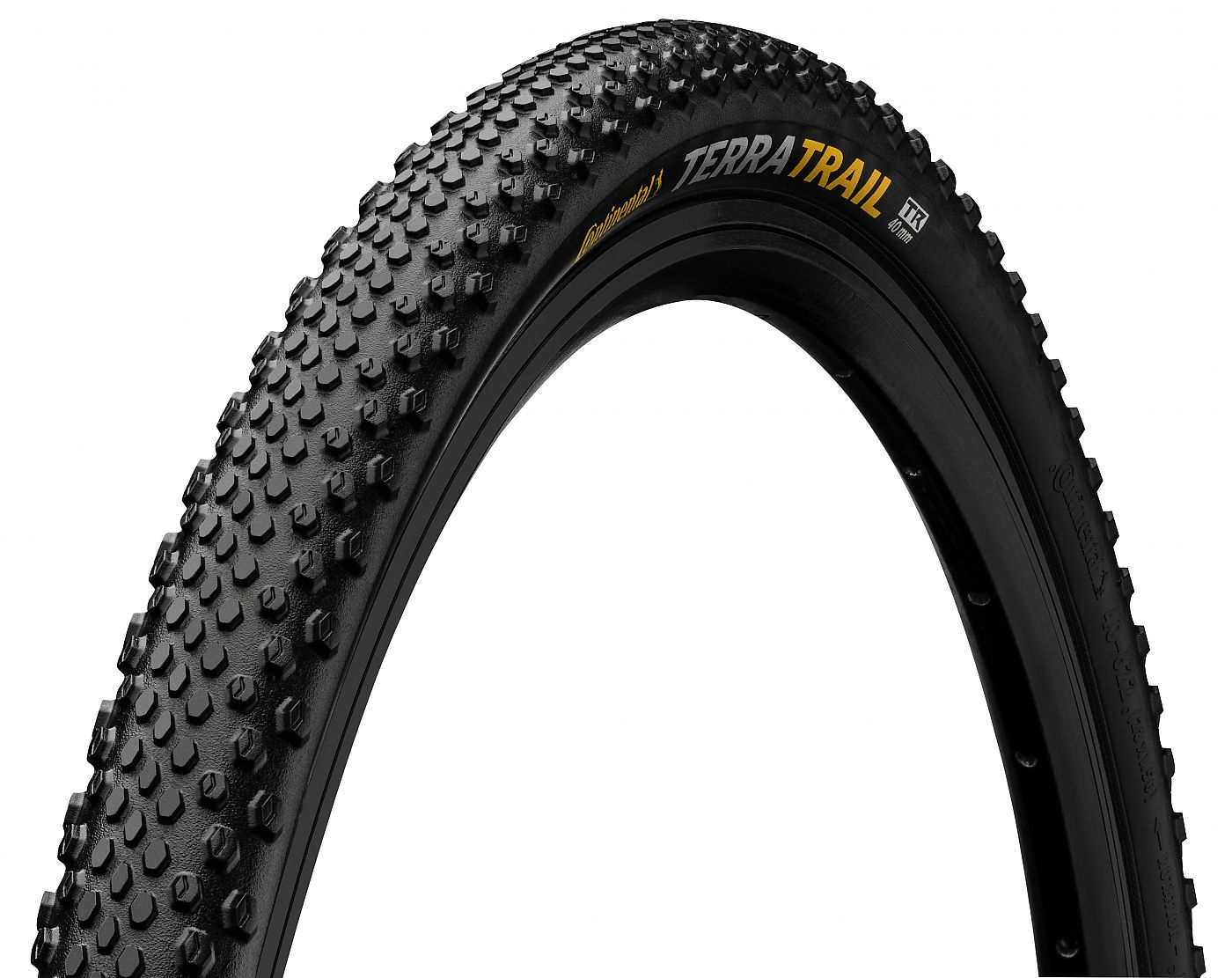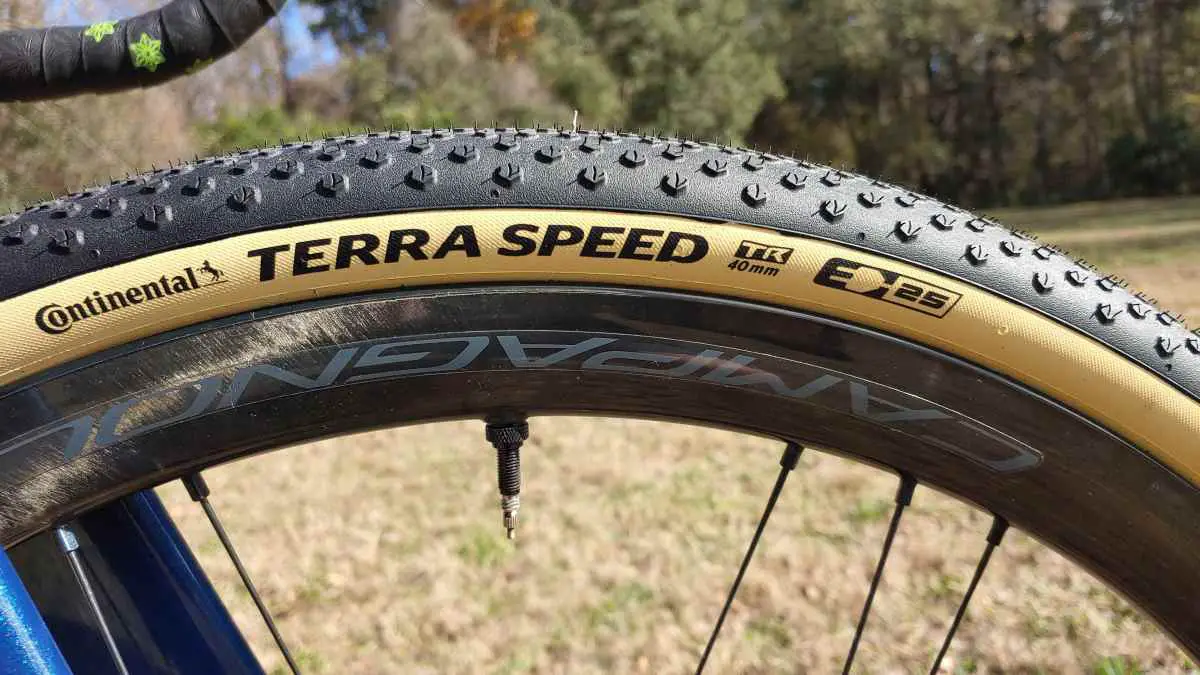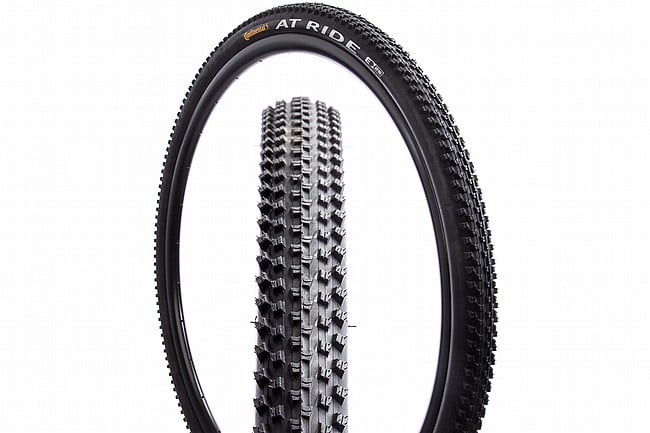Understanding Gravel Bike Tires: Types and Features
Gravel bike tires are a crucial component of any gravel bicycle, offering versatility and performance across various terrains. Continental gravel bike tires, in particular, are renowned for their exceptional quality and innovative features. These tires cater to the demands of cyclists who seek a balance between speed, grip, and durability on mixed surfaces. This article delves into the world of continental gravel bike tires, exploring their advantages and the different types available.
Selecting the Perfect Continental Gravel Bike Tires: Factors to Consider
When choosing continental gravel bike tires, several factors come into play to ensure a perfect match for your riding style and typical terrain. First, consider the tire width, which impacts the tire’s contact area, comfort, and rolling resistance. Gravel tires usually range from 28mm to 50mm in width, with narrower tires offering better speed and wider tires providing more traction and comfort.
Tread pattern is another essential factor, as it directly affects the tire’s grip on various surfaces. Continental gravel bike tires offer a range of tread patterns, from smooth and fast-rolling to aggressive and mud-shedding. The rubber compound also plays a significant role in determining the tire’s grip, durability, and rolling resistance. Softer compounds generally offer better grip but wear out faster, while harder compounds provide longer-lasting tires with less grip.
Lastly, the tire casing affects the tire’s puncture resistance, compliance, and weight. A higher thread count usually results in a more supple and comfortable tire, while a lower thread count can lead to a stiffer and more durable tire. By taking these factors into account, cyclists can select the ideal continental gravel bike tires for their needs and preferences.
Highlighting Top Continental Gravel Bike Tires: A Product-Focused Review
Continental offers a wide range of high-quality gravel bike tires, each with unique features and benefits. Here are some of the top continental gravel bike tires that excel in various aspects:
Continental Terra Speed
The Terra Speed is designed for riders who prioritize speed and minimal rolling resistance. Its low-profile tread pattern and high-quality rubber compound ensure a smooth and fast ride on hard-packed gravel and paved roads. However, it may not perform as well on loose or muddy terrain.
Continental Terra Trail
The Terra Trail is a versatile tire that balances grip, speed, and durability. Its medium-depth tread pattern and grippy rubber compound make it suitable for various gravel surfaces, including loose and packed terrain. However, it may not be the fastest option for paved roads.
Continental Cyclo X-King
The Cyclo X-King is a popular choice for cyclocross and gravel racing. Its aggressive tread pattern and fast-rolling center section provide excellent grip and speed on mixed terrain. However, it might not be the most comfortable tire for long gravel rides due to its lower volume.
Continental Contact Speed
The Contact Speed is a high-performance tire for gravel and paved roads. Its smooth tread pattern and advanced rubber compound ensure low rolling resistance and impressive grip on various surfaces. However, it may not provide sufficient traction on loose or muddy terrain.
When selecting the perfect continental gravel bike tires, consider your riding style, typical terrain, and preferences for speed, grip, and comfort. By choosing the right tire, you can enhance your gravel cycling experience and enjoy a safer, more enjoyable ride.
How to Install Continental Gravel Bike Tires: A Step-by-Step Guide
Installing continental gravel bike tires is a straightforward process that requires a few tools and some basic knowledge. Follow these steps to ensure a successful installation:
Removing the Old Tire
Start by deflating the tire completely. Use tire levers to pry one side of the tire off the rim, exposing the inner tube. Carefully pull the tire off the rim, making sure not to pinch or damage the inner tube.
Preparing the New Tire
Unbox the new continental gravel bike tire and carefully inspect it for any defects. Check the tire’s bead (the edge that hooks onto the rim) for any sharp objects or debris that could cause damage during installation.
Mounting the New Tire
Place one side of the new tire onto the rim, ensuring that the bead is properly seated in the rim’s channel. Inflate the inner tube slightly, just enough to give it some shape, and insert it into the tire. Slowly work the other side of the tire onto the rim, ensuring that the inner tube is not pinched between the tire and rim.
Inflating the Tire
Inflate the tire to the recommended pressure, as indicated on the tire’s sidewall. Check that both beads are evenly seated on the rim and that the tire does not have any bulges or deformities. If necessary, deflate the tire slightly and reseat the beads.
Safety Tips and Common Mistakes
– Always use caution when working with sharp tools, such as tire levers.
– Ensure that the inner tube is not pinched between the tire and rim during installation.
– Double-check that the tire is inflated to the recommended pressure before riding.
– Inspect the tire for any signs of damage or irregularities after installation.
Maintaining Continental Gravel Bike Tires: Tips and Techniques
Proper maintenance of continental gravel bike tires is essential for ensuring their longevity, performance, and safety. Follow these best practices to keep your tires in top condition:
Cleaning Your Tires
After each ride, clean your tires with a soft brush and soapy water to remove any dirt, mud, or debris. Rinse the tires thoroughly and dry them to prevent corrosion and damage to the rubber compound.
Inspecting for Wear and Tear
Regularly inspect your continental gravel bike tires for signs of wear and tear, such as cuts, abrasions, or bald spots. If you notice any damage, replace the tire immediately to avoid potential accidents or blowouts.
Proper Inflation
Maintaining the correct tire pressure is crucial for optimal performance and safety. Check the tire’s sidewall for the recommended pressure range and inflate your tires accordingly. Underinflated tires can lead to increased rolling resistance, while overinflated tires may cause reduced traction and a harsher ride.
Extending Tire Lifespan
To extend the lifespan of your continental gravel bike tires, avoid sharp objects, such as glass or thorns, and minimize exposure to extreme temperatures, sunlight, and ozone. Rotate the tires periodically to ensure even wear and consider using tire liners or sealant to prevent punctures.
Maximizing Performance
Regular maintenance can help maximize the performance of your continental gravel bike tires. By keeping your tires clean, properly inflated, and in good condition, you can enjoy a safer, more comfortable, and more efficient ride.
Comparing Continental Gravel Bike Tires with Competitor Brands
When it comes to gravel bike tires, continental is a well-respected brand known for its high-quality products and innovative features. However, it’s essential to compare continental gravel bike tires with competitor brands to make an informed decision. Here are some key aspects to consider:
Durability
Continental gravel bike tires are made with high-quality materials and construction methods, ensuring long-lasting durability. Compared to competitor brands, continental tires often have a better resistance to wear, punctures, and cuts, making them a reliable choice for cyclists who value longevity and reliability.
Grip
Continental gravel bike tires offer excellent grip on various terrains, thanks to their advanced tread patterns and rubber compounds. While some competitor brands may provide comparable grip, continental tires often strike a better balance between grip and rolling resistance, ensuring a safer and more efficient ride.
Rolling Resistance
Rolling resistance is the amount of energy required to keep a tire rolling. Continental gravel bike tires are designed to minimize rolling resistance, ensuring a more efficient and comfortable ride. Compared to competitor brands, continental tires often provide a better balance between grip and rolling resistance, making them a popular choice for cyclists who prioritize performance.
Price
Continental gravel bike tires are typically priced higher than competitor brands due to their high-quality materials and innovative features. However, the increased cost often translates to better durability, performance, and overall value. When comparing prices, consider the long-term benefits and potential savings of investing in continental tires.
Unique Selling Points
Continental gravel bike tires offer several unique selling points that set them apart from competitor brands. For example, continental’s proprietary rubber compounds, such as the BlackChili compound, provide superior grip, durability, and rolling resistance. Additionally, continental tires often feature advanced tread patterns, such as the ProTection technology, which offers increased puncture resistance and durability.
Continental Gravel Bike Tires: Frequently Asked Questions
When considering continental gravel bike tires, potential buyers often have questions about their performance, durability, and compatibility. Here are some of the most common questions and their answers:
“How long do continental gravel bike tires last?”
The lifespan of continental gravel bike tires depends on several factors, including usage, maintenance, and terrain. On average, high-quality continental gravel bike tires can last between 2,000 to 5,000 miles. Regular maintenance, such as cleaning, inspecting for wear and tear, and proper inflation, can help extend the lifespan of the tires.
“Can I use continental gravel bike tires on paved roads?”
Yes, continental gravel bike tires are designed for versatility and can be used on various terrains, including paved roads. However, it’s essential to choose the right tire width and tread pattern for your specific needs. For example, tires with a smoother tread pattern and lower rolling resistance are better suited for paved roads, while tires with more aggressive tread patterns are better for off-road use.
“How do I choose the right width for my continental gravel bike tires?”
Choosing the right tire width depends on several factors, including your bike’s frame and fork clearance, riding style, and typical terrain. In general, wider tires provide better traction, comfort, and stability, while narrower tires offer better speed and efficiency. As a rule of thumb, choose a tire width that fits comfortably within your bike’s frame and fork clearance and matches your riding style and typical terrain.
“What is the difference between tubeless and clincher continental gravel bike tires?”
Tubeless tires do not require an inner tube and instead use a liquid sealant to create an airtight seal between the tire and rim. Tubeless tires offer several advantages, including lower rolling resistance, better puncture resistance, and the ability to run lower tire pressures. Clincher tires, on the other hand, require an inner tube and are the most common type of tire used in cycling. Clincher tires are generally easier to install and repair but may not offer the same level of performance as tubeless tires.








